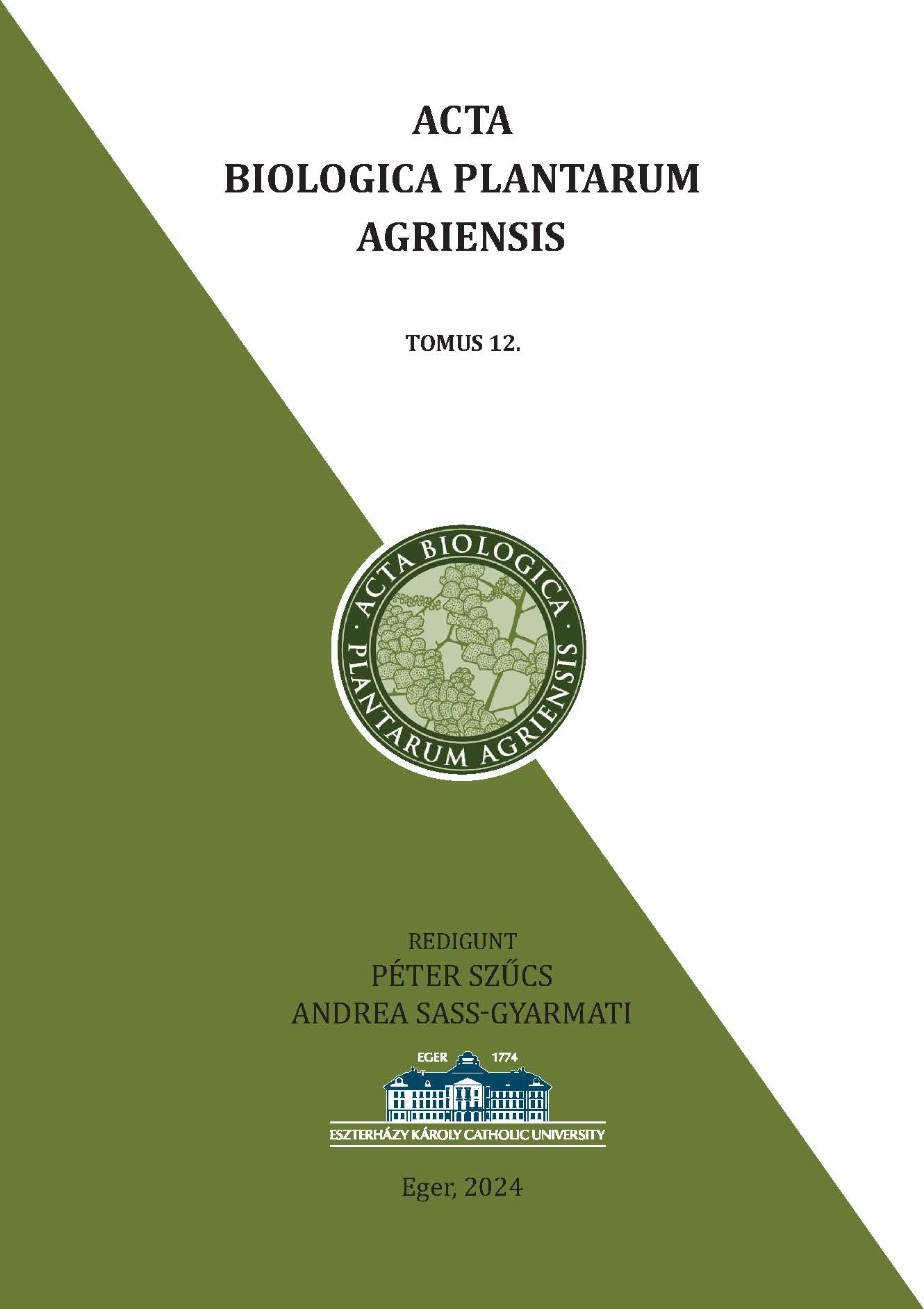ANTIOXIDANT CAPACITY AND MEMBRANE PERMEABILITY UNDER REWETTING RECOVERY OF PORELLA PLATYPHYLLA (L.) PFEIFF., A DESICCATION-TOLERANT LIVERWORT
DOI:
https://doi.org/10.21406/abpa.2024.12.1.75Keywords:
orella platyphylla, antioxidant capacity, desiccation tolerance, rehydration, membrane permeability, photosynthetic pigmentsAbstract
Relatively constant photosynthetic pigment content (chlorophyll a, chlorophyll b, and carotenoids) in Porella platyphylla (L.) Pfeiff. when experiencing frequent desiccation/rehydration cycles support photosynthetic efficiency, directly influencing its growth and survival and essential for resilience against oxidative stress and its ability to maintain cellular integrity. When actual pigment composition reports healthy physiological condition and functionality the homoiochlorophyllous desiccation tolerance ’machinery’ plays a crucial role in the antioxidant defense mechanisms of the liverwort. After a short period of desiccation (1 week), an approximately 200% increase in DPPH inhibition was shown during the first hour of rehydration, indicating a substantial enhancement in antioxidant activity. Folin-Ciocalteu (F-C) assay revealed exceptionally high polyphenol content for P. platyphylla, whose values were significantly higher than those typically reported for a wide range of plants. There is a need for further research to explore the specific types of polyphenols present in P. platyphylla and their bioactive properties or determine the potentially overestimated polyphenol content by F-C assay. The antioxidant capacity of P. platyphylla in mg FeSO4 equivalent appears to be relatively low. However, it shows a remarkable increase in the antioxidant capacity after 48 hours of rehydration, with an increase of almost 900% compared to the initial 24 hours. The difference in the results from the two antioxidant capacity assays (DPPH, FRAP) for the same sample can be attributed to the specific types of antioxidant molecules present in P. platyphylla. GC-MS analysis has revealed the presence of several metabolic compounds, those amounts decreased during rehydration. D-turanose was identified as a substantial component. Membrane permeability after a short period of desiccation in P. platyphylla recovered at 90% during the 48 hours of rewetting, while after a medium-long period of desiccation, the recovery was 50%, and only 5-10% after a very prolonged desiccation.
Downloads
Published
Issue
Section
License
Copyright (c) 2024 Acta Biologica Plantarum Agriensis

This work is licensed under a Creative Commons Attribution 4.0 International License.
From 2021, the articles in our journal are distributed under the Creative Commons Attribution 4.0 International License (CC-BY license).


